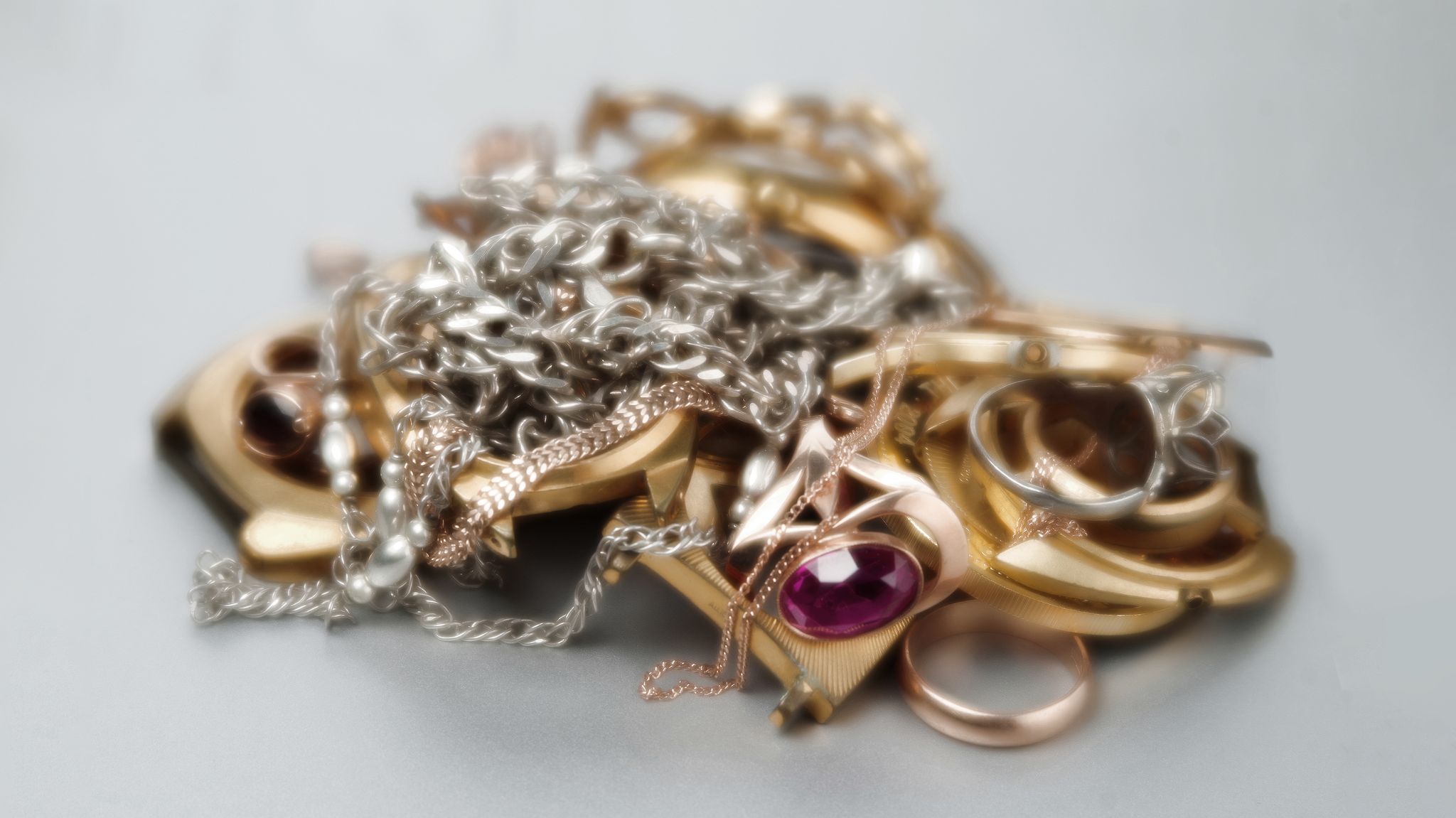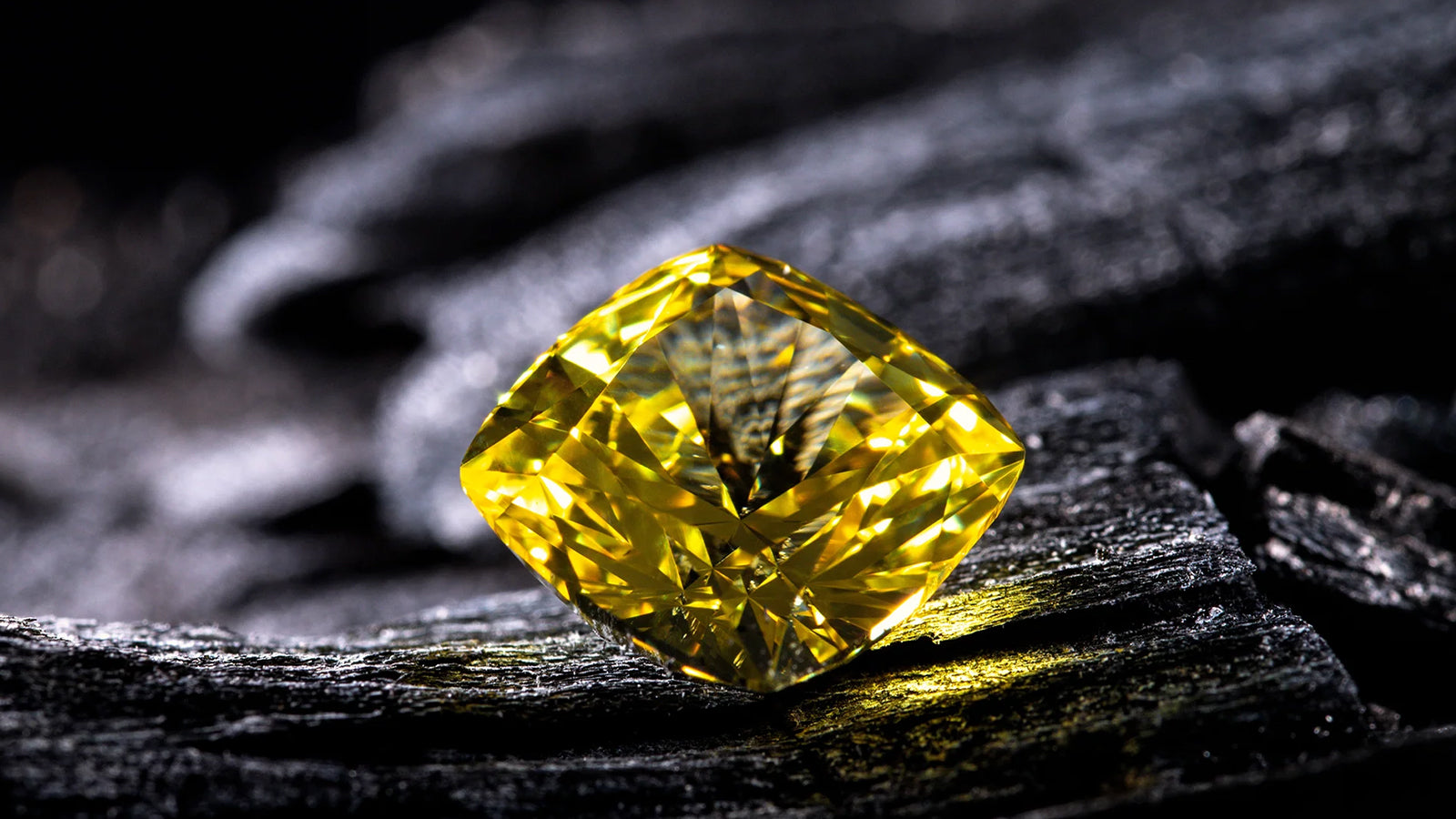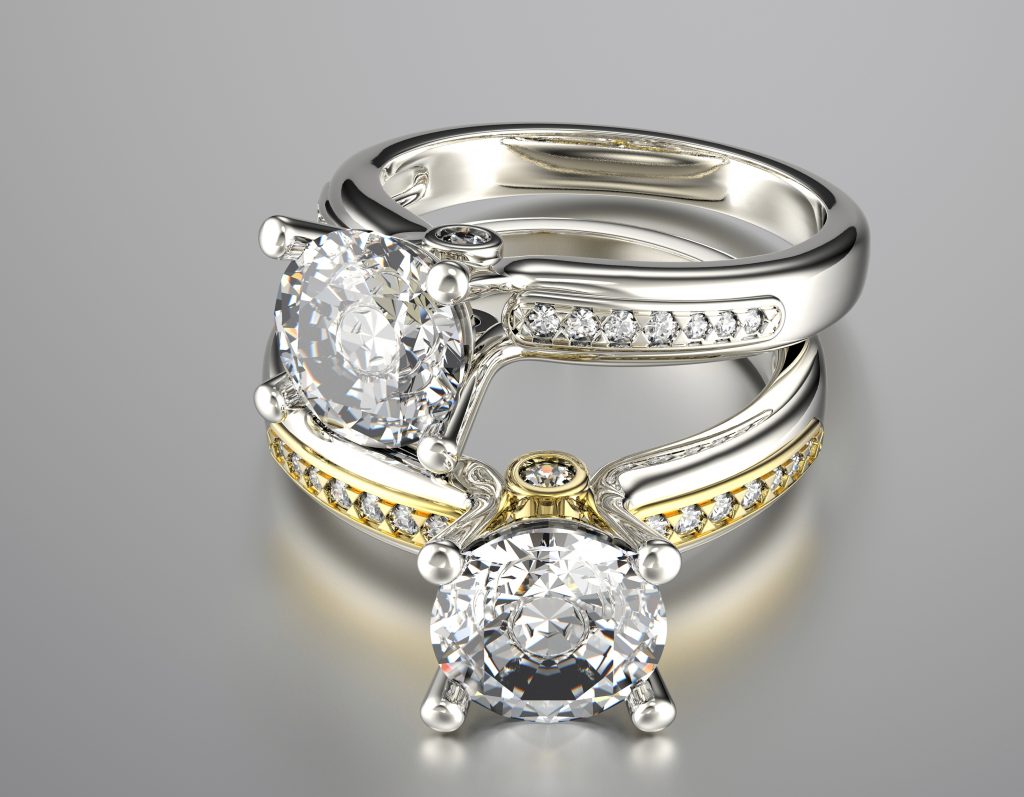Ever wandered past a jewelry shop in Madrid and thought, “Wow… those diamonds are insanely shiny—but, like, at what cost?” Yeah, me too. Let’s be honest, diamonds have always had this aura of luxury and mystique. But now there’s a twist: diamantes laboratorio Madrid are popping up everywhere. You might be surprised at how similar they look to the classic mined ones—and the story behind them is pretty fascinating.
Whether you’re browsing gifts for someone special or just curious about shiny rocks, lab-made diamonds are creating a real buzz in the city. So, let’s dive in and break down why these little beauties are stealing the spotlight.
The Backstory: Diamonds Aren’t Just Mined Anymore
Okay, quick history lesson—but I promise to keep it painless. Traditional diamonds? They’re pulled out of the earth, often through super labor-intensive mining. And honestly, while that makes them rare, it also comes with environmental and ethical baggage. Cue the hero: lab made diamonds.
These aren’t your typical “fake” stones. Nope. Lab diamonds are real carbon crystals, just grown in a high-tech environment rather than buried deep underground. Think science lab meets jewelry box.
Madrid’s jewelry scene has been catching on fast. Walk through Salamanca or Chueca, and you’ll see shops proudly advertising diamantes de laboratorio Madrid. It’s kind of cool to see something so techy coexist with centuries-old Spanish craftsmanship.
And here’s the kicker: to the naked eye (or even to most jewelers), it’s nearly impossible to tell a lab diamond from a mined one. Yes, really.
Options, Trends, and What You Should Know
Now, let’s talk choices—because shopping for diamonds can be overwhelming. Honestly, it’s like walking into a candy store, but instead of chocolate, it’s tiny carbon crystals that cost more than my rent.
Here are a few trends and tips:
-
Different Cuts Are Still King
Whether you’re into the classic round brilliant or fancy emerald cuts, lab-made diamonds come in all shapes. Personally, I love the cushion cut—it’s like vintage vibes with a modern twist. -
Colors Aren’t Just Black and White
Lab diamonds can be totally colorless, slightly tinted, or even fancy colors. Pink diamonds? Blue diamonds? Yep, they exist in labs now. Honestly, it’s like Mother Nature got a tech upgrade. -
Budget-Friendly Without Looking Cheap
One of the biggest perks? Price. Lab diamonds can cost 20–40% less than mined ones. So, if you’re dreaming of a 1-carat stone but also want to afford a nice dinner afterward, lab diamonds are basically your financial fairy godmother. -
Ethics and Sustainability Matter
For many, this is the main selling point. Lab-made diamonds skip the mining mess and human rights issues. If that matters to you, Madrid’s shops are happy to walk you through sourcing, lab certifications, and carbon footprints. -
Customization Is Easier
Some jewelers will even let you tweak the stone’s growth process. I know, sounds wild—but yes, you can have a stone made to order. Not kidding.
Honestly, the more you explore, the more you realize that lab diamonds aren’t just a “cheaper option.” They’re a whole new playground for creativity, ethics, and sparkle.
Why Madrid? Why Now?
You might think, “Sure, lab diamonds are cool… but why Madrid?” Here’s the fun part. Madrid isn’t just a city of tapas and flamenco. It’s a hub for modern jewelry innovation. There’s this mix of old-school elegance and futuristic flair that makes it perfect for embracing lab-made diamonds.
For example, if you compare Madrid to, say, a city like Milan, Madrid leans a bit more playful. Jewelers here are experimenting—think bold rings, geometric necklaces, and yes, fully lab-grown diamond sets. Some shops even offer interactive experiences: you pick your stone, watch it “grow” digitally, and see it set in a piece you’ll actually wear. Wild, right?
And let’s face it: Spaniards love a good story. Every diamond has one. With lab diamonds, the story is kind of “tech meets tradition,” which is just… so Madrid.
Another neat angle? Local jewelers often pair lab diamonds with Spanish gold or silver. The contrast is stunning. It’s like combining a modern tech gadget with a classic piece of furniture. Somehow, it just works.
How Lab Diamonds Are Made (Without Getting Too Science-Y)
Alright, time for a little behind-the-scenes. If you’ve ever wondered how a diamond grows in a lab instead of the earth, here’s the lowdown—casual style, promise.
Step 1: Pick Your Method
There are two main ways to grow diamonds in labs:
-
High Pressure High Temperature (HPHT) – Basically mimics the natural conditions underground. Extreme heat, extreme pressure. Voilà, diamond.
-
Chemical Vapor Deposition (CVD) – Think of it as building a diamond layer by layer from gas. It’s slower, but precise.
Step 2: Let It Grow
Yep, you just… wait. Depending on size and method, it can take a few days to a few weeks. Some jewelers say watching the process is mesmerizing. I mean, it’s literally crystal magic happening before your eyes.
Step 3: Cut and Polish
Once the diamond is formed, it gets cut like any other diamond. This is where skill really matters. Even the most perfect lab diamond will look meh without a good cut.
Step 4: Certification and Shopping
Finally, reputable labs certify the diamond’s quality. In Madrid, most stores will provide full documentation. This is your guarantee that yes, it’s real, shiny, and ethically grown.
And there you have it. From gas to gorgeous ring. Pretty cool, right?
Final Thoughts: Lab Diamonds in Madrid Are More Than Just Sparkle
To wrap it up, diamantes laboratorio Madrid are more than just a trend—they’re a statement. Affordable, ethical, customizable, and shockingly beautiful, they fit right into modern lifestyles without losing that classic diamond glamour.
So next time you stroll through the city streets and peek into a jewelry shop, take a moment. Admire the craftsmanship. Maybe even ask about the lab diamonds. Who knows? You might leave with a stone that’s as tech-savvy as it is timeless.
Because honestly, in a world that’s always changing, having something that’s both cutting-edge and elegant? That’s pretty special.











